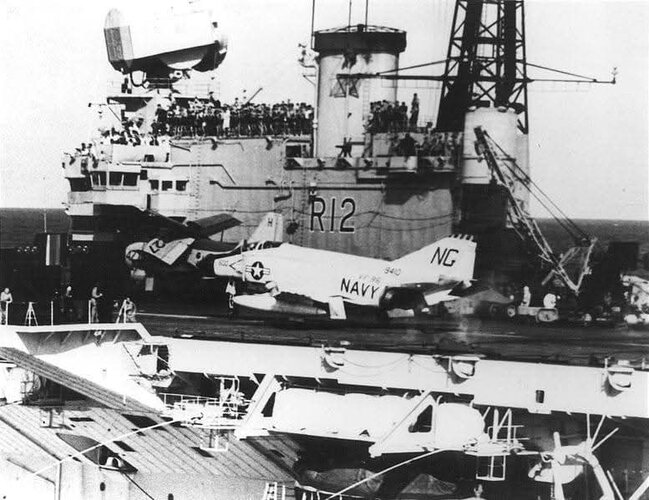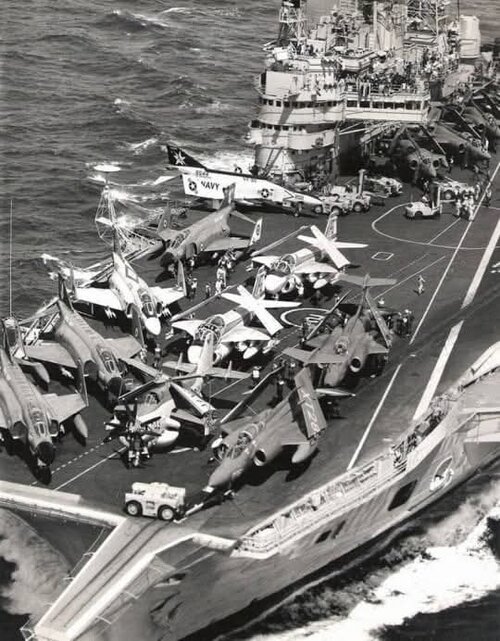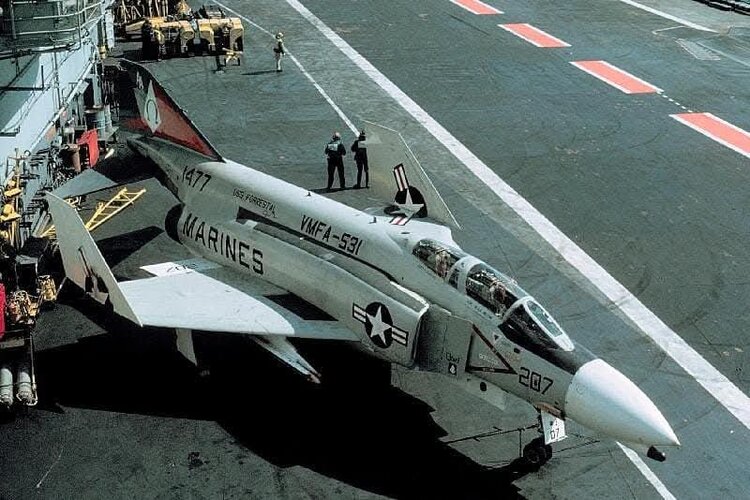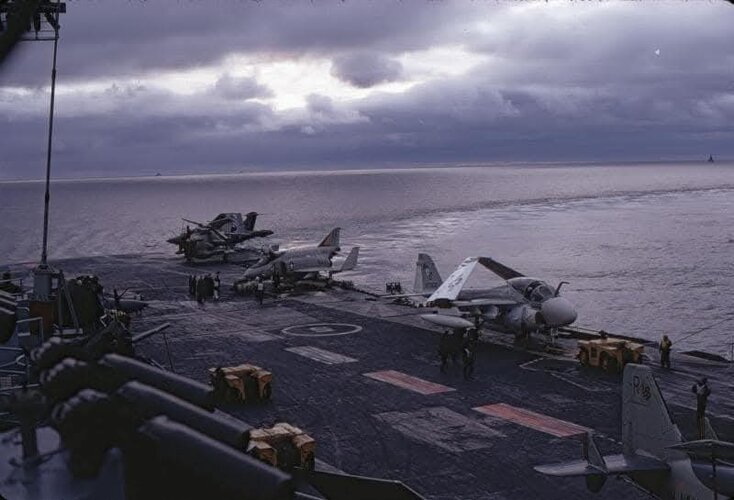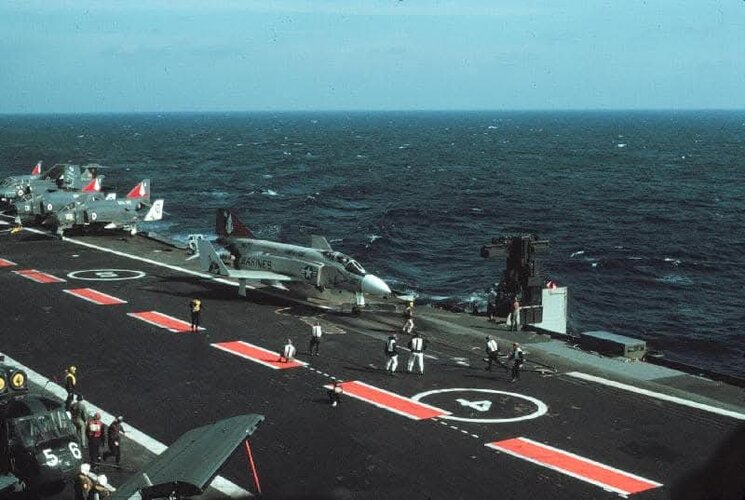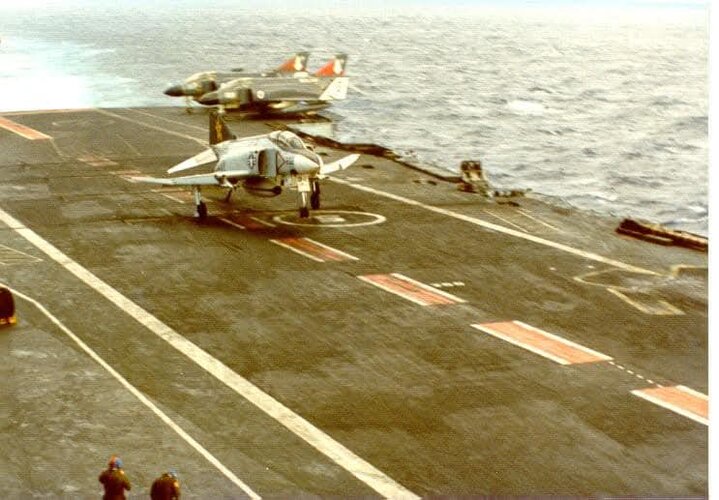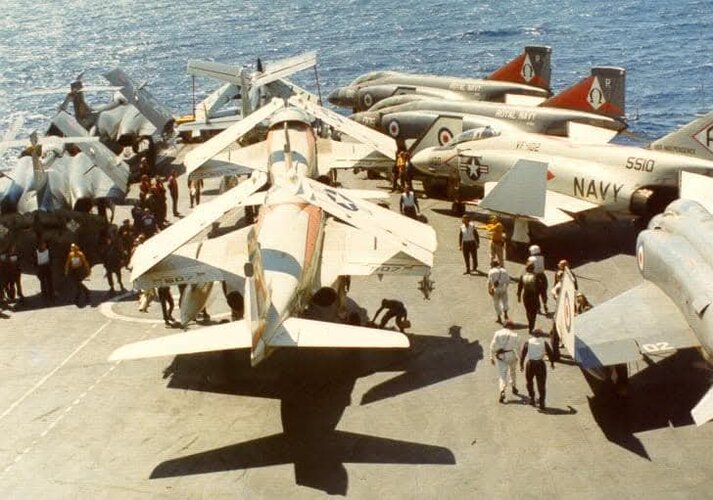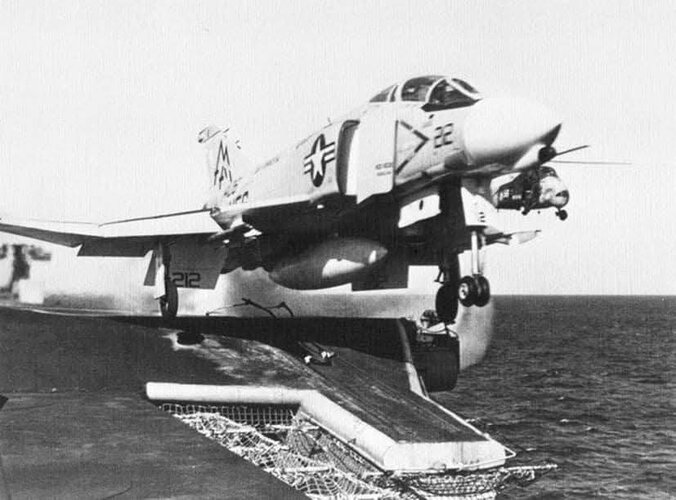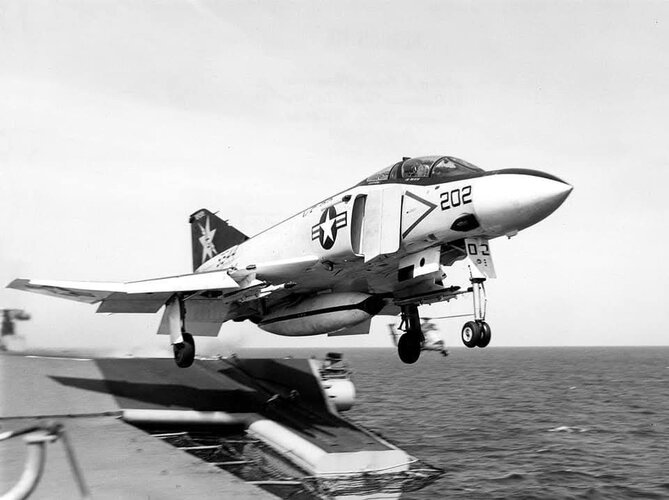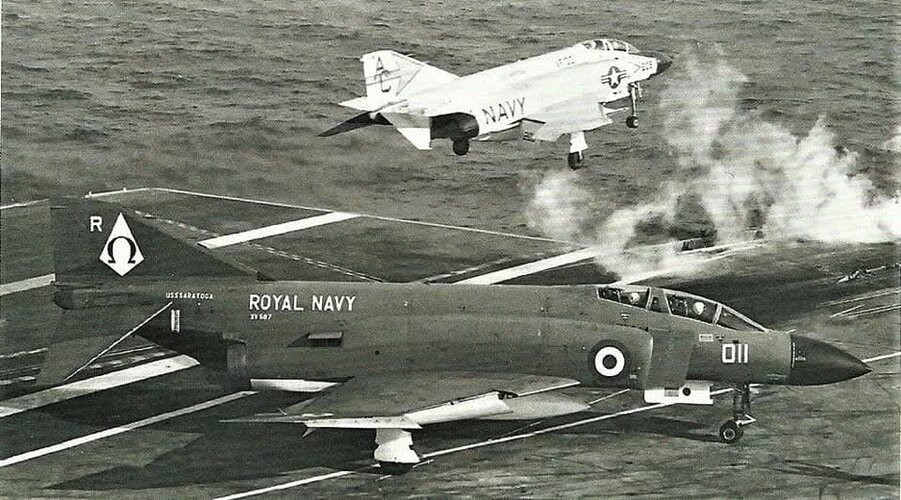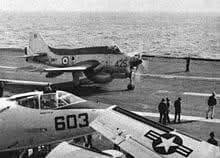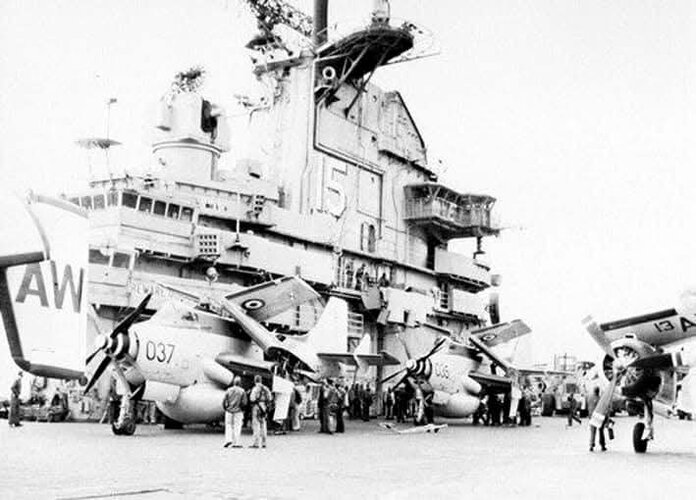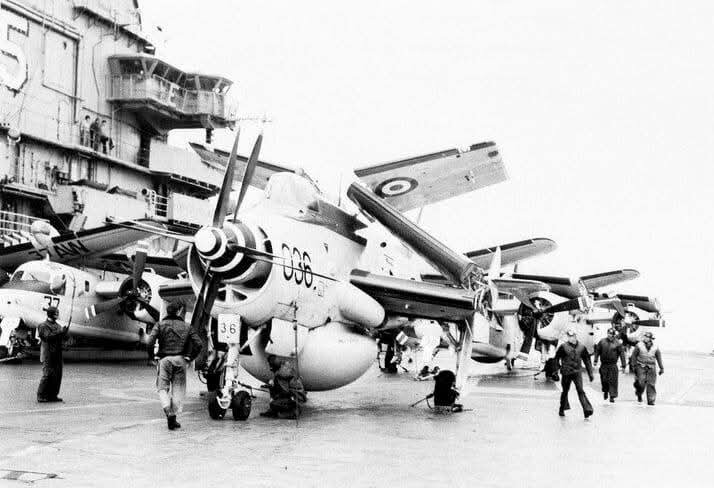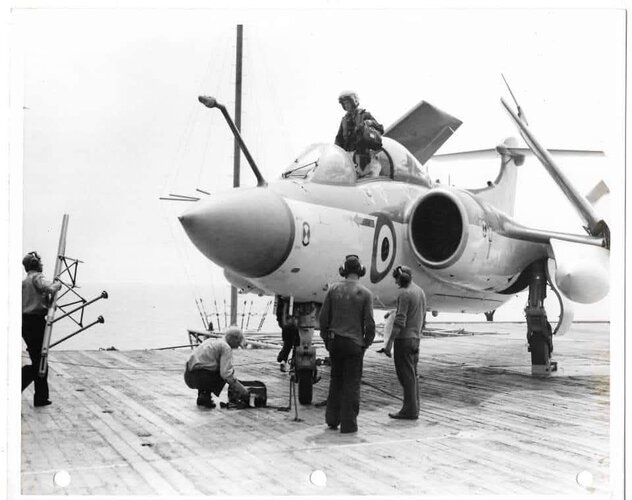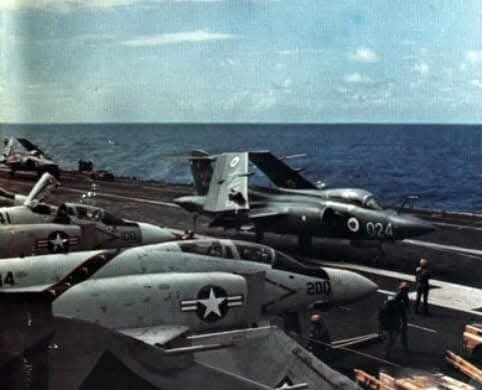$Offset. There is 1 PoD to admit MOTS F-4UK: that Lightning loses Saudi before 6/7/65.
Upthread Q asks if SAADS "counted" in F-111K Offset.
SAADS was not a sale of aeroplanes: it was Air Defence, Contractorised: everything, bricks and bogs, bar only aircrew. No single Brit entity knew how to do that - forget any form of pricing, even SWAG (Sheer Wild Ass Guess). Airwork Services had done oddjobs in sandpits so BAC roped them onboard when the Scheme notion arose in '63. Northrop was learning (to be Sustainment) fast, totally supporting IIAF F-5A/B wef 2/65 with NWASI (N. World-Wide Aircraft Services Intnl), starting a process that would build Iran A/c Industries as military maintainer; Lockheed had wide involvement in keeping F-104s alive, supported RSaAF C-130E, and was pitching for Management of EW radars and AD comms., aided by presence of US Army Corps of Engineers. RSaAF would buy F-5s. Brits had no chance.
Offset had not been sought for F-4K, 10/64, nor for 1/65 package, C-130, F-4M: credit sufficed, OK.
With 6/4/65 F-111K Option UK secured
SecDef's intent to Offset $400Mn. Did this include
AnySaudiThing?
State Dept, Office of the Historian, 8/11/65: 239. Embtel 344.2 Saudi Air Defense:
“2. We do not believe we would have great difficulty in equalling UK credit terms for our portion of combined package. Suggest you so inform Sultan jointly with UK reps on Wednesday when they expected present their credit offer. (UK MinAv official Christie suggested this.)
3.Providing Lightning a/c, ground radars and Hawk system radars use Mark 10 IFF interrogator/transponder eqpt and manual command control is used, the proposed joint US-UK air defense package
(of) Lightnings, 3-D radars, Hawks and comm. systems does appear to constitute a viable AD system. Categoric assurance can only be given after US and UK technical experts discuss detailed composition of UK package elements. Discussion expected within next two weeks.”
“We could not have made the offer, never mind won (without US help)” Healey: R.W.Howe,Weapons,Sphere,80,P687.

